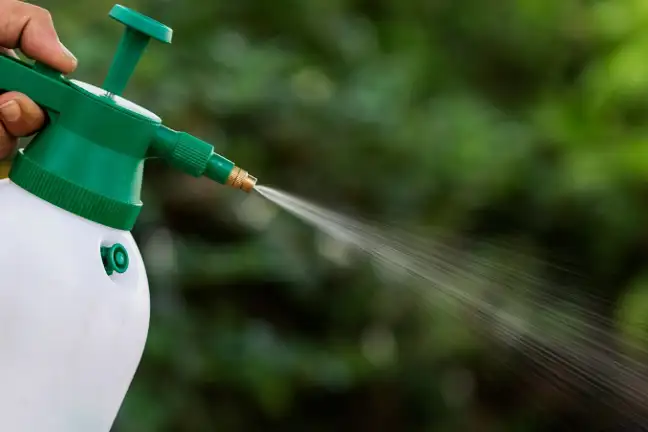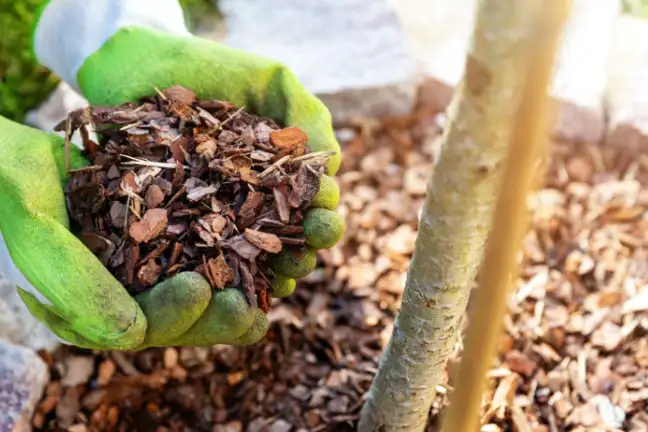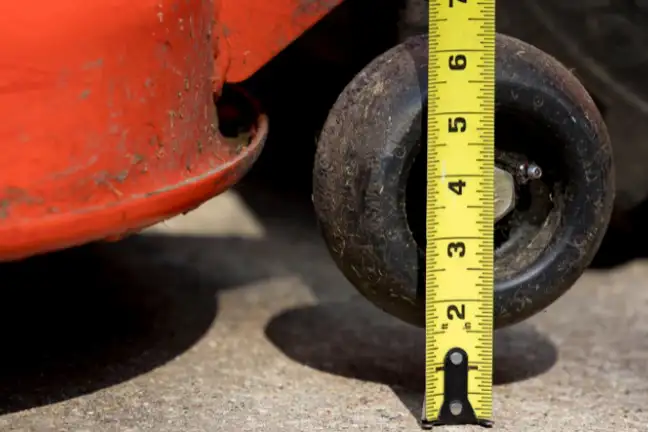Thistle Control in Your Lawn & Garden
Scotch Thistle (Onopordum acanthium)
Common Sowthistle, Milk Thistle (Sonchus oleraceus)
Scotch Thistle (Onopordum acanthium)
Common Sowthistle, Milk Thistle (Sonchus oleraceus)
There are many different types of Thistles that grow in Australia, but the two most common that are of concern in our lawns and gardens are Scotch Thistle and Common Sowthistle.

Scotch Thistles are spiny, soft-wooded plants that can grow up to 2 m high.
Leaves grow in a rosette shape. Leaves and stems are grey to white. Stems are woolly.
The root system is a large taproot that can grow 30 cm deep.
Flowers are large (4 cm across), very spiny, have purple tops, grow on large branching stems, and flower in summer and autumn.
Seeds are small, mottled brown, and have fine straw coloured hairs (up to 1 cm long) sticking out one end.

Lower leaves are fleshy and are green to blue-green. Upper leaves have toothed edges with a spiny tip.
Stems are round, hollow and have milky white sap when broken.
Common Sowthistle can grow up to 1.5 m tall. Plants grow in a rosette shape when young or regularly mowed, and becoming more branched as they mature in height.
Flowers are small (up to 1.5 cm across) and yellow.
Seeds are white and cottony, can survive for up to 8 years in ideal conditions.

Both Scotch Thistle and Common Sowthistle are spread by seed.
Scotch Thistle seeds are picked up on the clothes of people and fur/feathers of animals and are carried off, dropped and spread to other areas.
Common Sowthistle seeds are spread by wind.

Thistles can be very spiky, and can cause injury to people and pets. Both are profilic seeders, and can spread easily and take over.
Thistles can be found growing in lawns, garden beds, pastures, and disturbed road sites.

For the control of Thistles and various other broadleaf weeds in common lawns like Couch and Kikuyu, spray the entire lawn with Yates Weed'n'Feed, available in both a hose-on applicator and in the Click & Grow Garden Care System. For Buffalo lawns use Yates Weed'n'Feed Buffalo Lawn or Yates Lawn Weed Killer Bindii & Clover Buffalo Lawn, which have been specially designed to be safe for buffalo lawns. Yates Weed'n'Feed products have the added benefit of providing nutrients to green the lawn. Please ensure you have read and understood all label instructions prior to every use.


Manual removal of Thistles can be challenging, as they're either very spiky to handle or the tap root can remain and regrow. To control Thistles in a garden, carefully spot spray individual plants with a non-selective weedkiller like Yates Zero Weed Killer 490 g/L Super Concentrate. For a glyphosate-free option spray plants with Yates Zero Triple Strike Garden Weedkiller. Reapply if regrowth occurs. With non-selective weed killers be careful not to spray nearby lawns or plants as it may injure or kill them. To avoid overspray, when spraying keep the nozzle as close to the weed as possible.

The best time to spray Thistles growing in the lawn is before they start to flower. Scotch Thistle flowers in late spring and summer, and Common Thistles flower mostly in spring.
But don't wait for plants to mature - the younger the weed is, the smaller the root system will be and the easier it will be to control them. So as soon as you notice them coming up in the lawn, spray them.
As soon as Thistles are noticed growing in the lawn or garden, either remove or spray them.

Scotch Thistles seeds are spread by being brought in on people's clothes and shoes, on pets and animals, and also on vehicles and tools. If you notice Thistles when out and about, check for seeds and make sure to wash, brush or pick off any before returning home.
To reduce weed growth in garden beds, apply a layer of a bark-based mulch like Yates Dynamic Lifter 4 in 1 Mulch. The added benefits of Yates Dynamic Lifter 4 in 1 Mulch include providing a protective layer over the soil surface, helping to retain soil moisture, enriching the soil with nutrients and organic matter, and encouraging earthworms and beneficial soil microorganisms.

Don't mow the lawn too short. In summer, keep the lawn a little longer, around 8 cm tall. This will reduce the amount of seeds that can germinate because there will be less light, water and nutrients for them.

Starve seeds and young plants of light, water and nutrients by growing a thick and healthy lawn. Regular watering and using organic based fertilisers, such as Yates Dynamic Lifter Organic Lawn Food, will improve lawn and soil health, as well as promoting green growth.